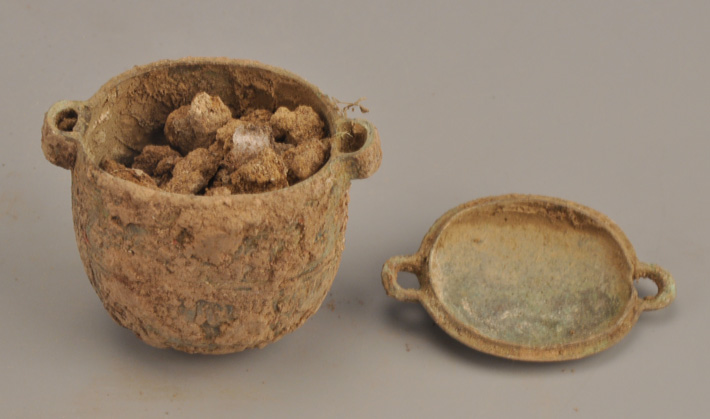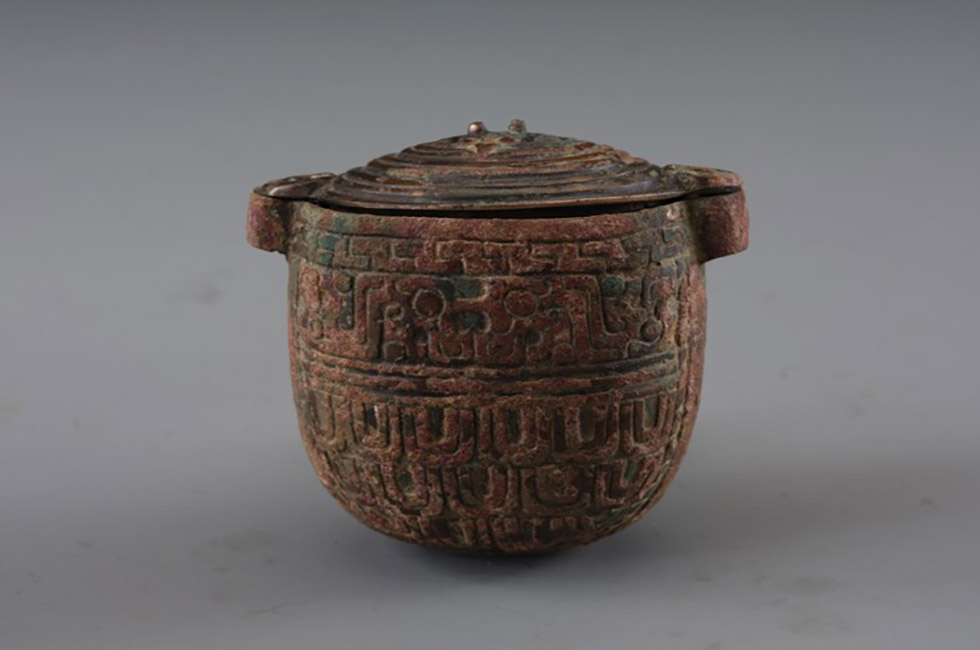Possible 2,700-Year-Old Face Cream Found in China
According to a Nature report, a team of researchers led by Bin Han of the University of the Chinese Academy of Sciences identified a bronze vessel containing remnants of a 2,700-year-old cosmetic among the artifacts recovered from a nobleman’s tomb at the Liujiawa site in northern China.
The ornate bronze jar was still sealed when researchers unearthed it at the Liujiawa archaeological site in northern China. That allowed Yimin Yang at the University of the Chinese Academy of Sciences in Beijing and his colleagues to analyze the composition of the yellowish lumps inside the pot.

The lumps consisted of beef fat mixed with minerals that absorb sweat and skin oil. Those minerals came from ‘cave moon milk’, a powdered form of white stalactites found in limestone caves.
Caves were important to the Taoist philosophy prevalent during the nobleman’s day, and the cream would have had symbolic power as well as the ability to moisturize and whiten the face.
The presence of similar pots in many royal and noble graves suggests that a cosmetics industry serving elite customers had appeared in China by roughly 700 BC.




